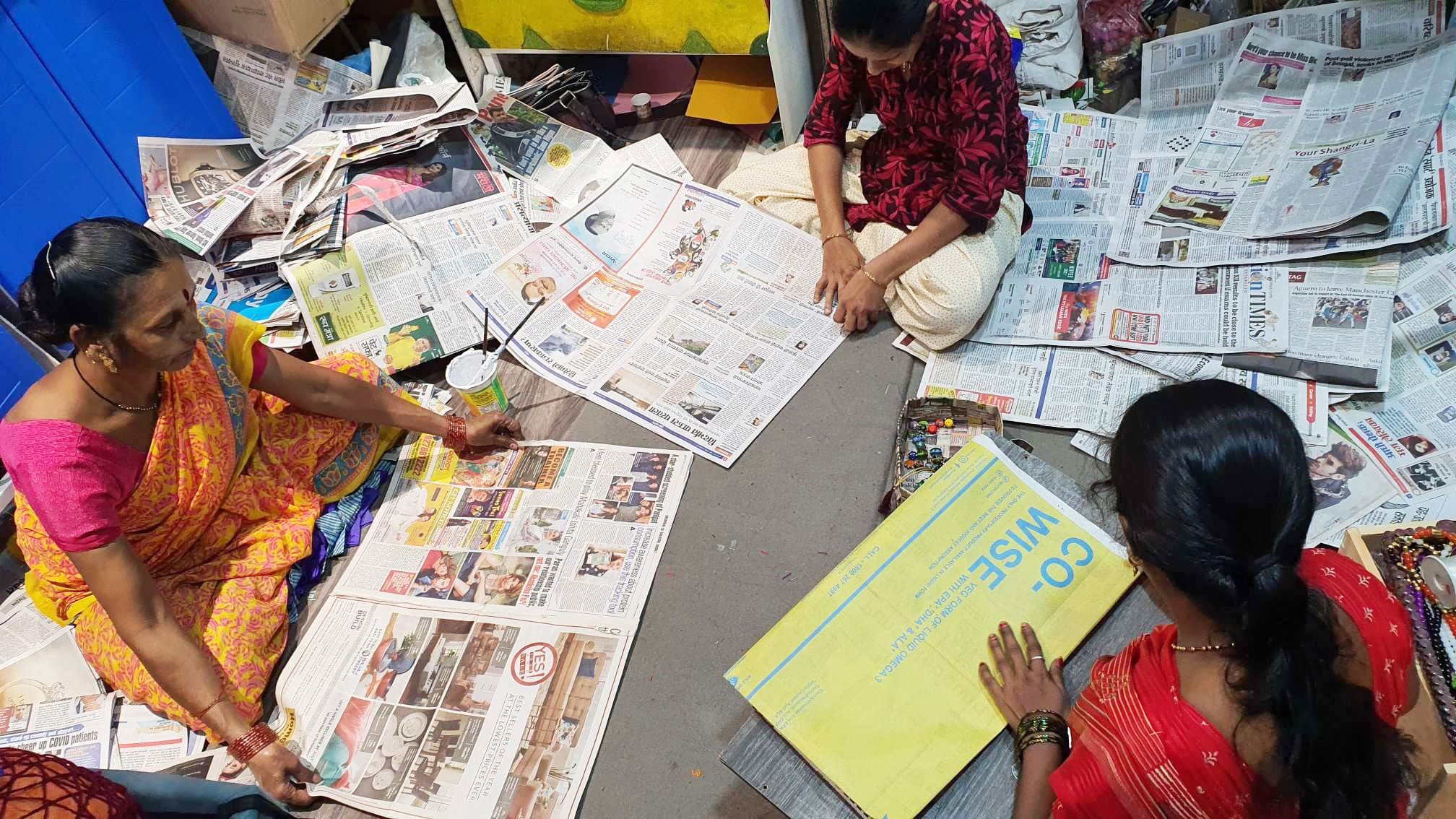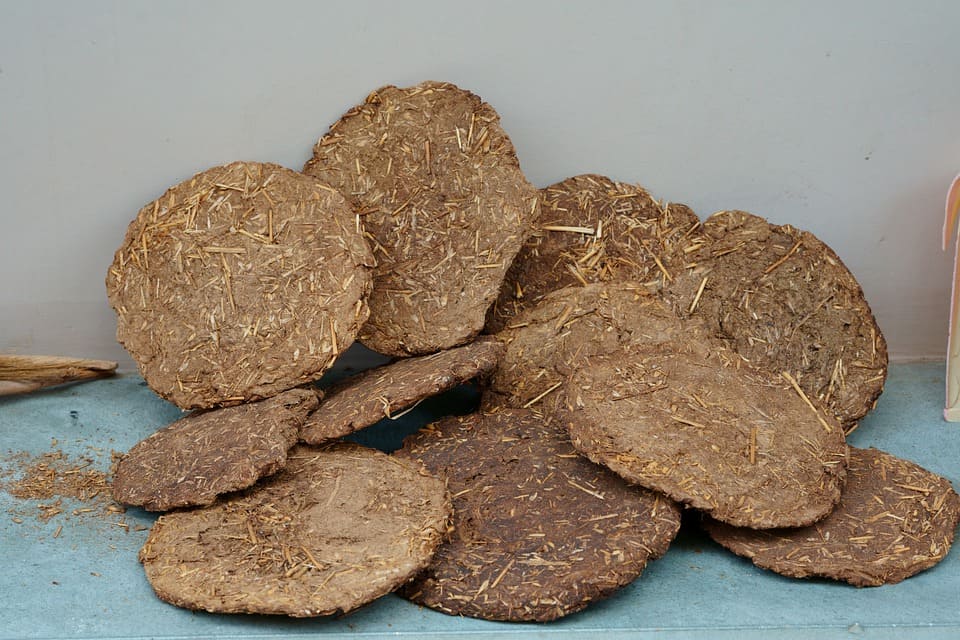Under this Environment Awareness program, we would like to ensure that the awareness program goes beyond a one-time event. Fostering long-term behavior change by providing continuous support, follow-up communication, and reminders to sustain environmentally friendly practices. Some of the activities we have developed under Corvee Foundation are paper bags, cloth-related items, products made from cow dung, wood etc.


